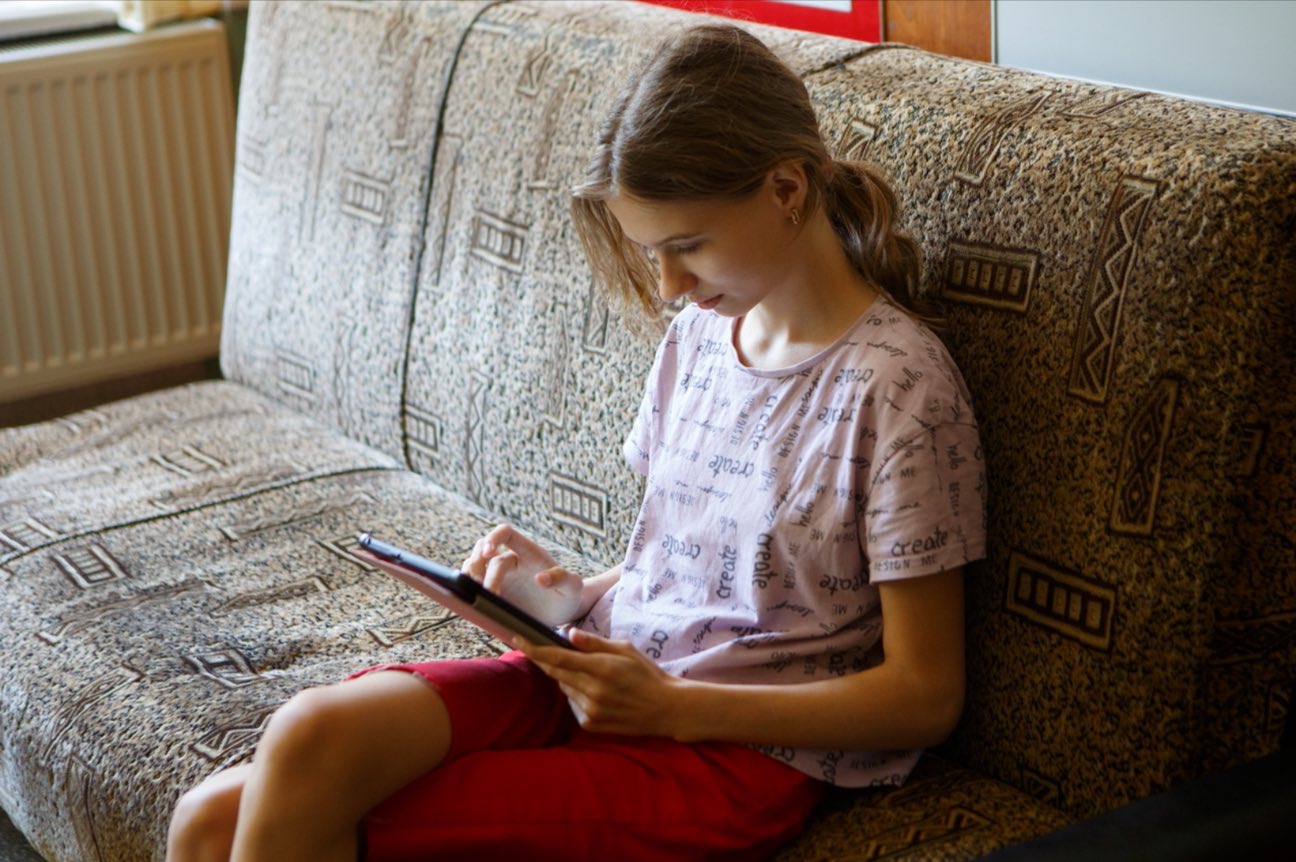
In recent years, and especially since the COVID-19 pandemic, children’s use of the internet has increased exponentially – be it for learning, play, socialising. But unfortunately, so have threats to their safety.
2021 was the worst year on record for online child sexual exploitation and abuse, according to the Internet Watch Foundation, which found a 64% increase in cases reported last year. The evidence is showing that the current measures are not enough to keep children safe on the internet.
To address this, Down to Zero Alliance’s Building Back Better programme led by Terre des Hommes Netherlands has released a new report that makes recommendations to develop an internet that is inherently safer through its design. This report identifies design solutions to ensure that children can use and explore the internet freely – with a balance between their protection and the ‘full realisation of their right to freedom of expression and right to privacy’.
Designing a safer Internet
Developed by a review of literature, an international panel of 20 online safety experts, and discussions with 141 children in 10 countries across Asia, Europe and Latin America, the ‘Child safety by design that works against online sexual exploitation of children’ report makes recommendations for policies and industry and incorporates solutions proposed by children themselves.
For policymaking, the report recommends legislation that requires platforms to have effective age verification systems and transparent reporting mechanisms and referral systems for children to report online child sexual abuse and exploitation (OCSEA).
It also stresses the need for education and awareness of parents, caregivers and professionals on rights, safety and consent, and overcoming the stigma that hides and enables abuse. For children, online safety training should be treated as, and incorporated into, education about real-world risks, as similar skills are needed to tackle abuse both offline and online. The report also highlights the need for interventions for ‘offenders’, the perpetrators of abuse, to stop engaging in OCSEA.
To the industry, the report recommends developing features that encourage child empowerment and self-regulation, proper verification of age and deploying parental control features adapted across all age groups.
The children themselves stressed that they want not only stronger reporting mechanisms and consequences for abusers, but they also want the rules and the reporting mechanisms to be visible and easily accessible to them. They recommended having different and adapted designs for children and using popular media and well-known people to deliver safety messages.
Towards systemic change
Terre des Hommes’s report comes shortly after, and intends to inform, the European Commission’s groundbreaking proposed legislation to make a safer Internet through new policies and tackle child sexual abuse in the region. The legislation presents an exceptional opportunity for the EU to set high standards to protect children online through policy action – which is key in ensuring a safe digital environment.
Endorsed by international leaders and backed by the best available evidence, End Violence’s policy proposal to make the internet safe for children calls for government action, through comprehensive child online safety policies, increased investments and commitments to prevent all activities that may harm children online.
Just as in their lives offline, children have the right to access the digital world in safe and secure ways. We must continue to strengthen policy and legislation to end violence against children, creating an online world where they can thrive.